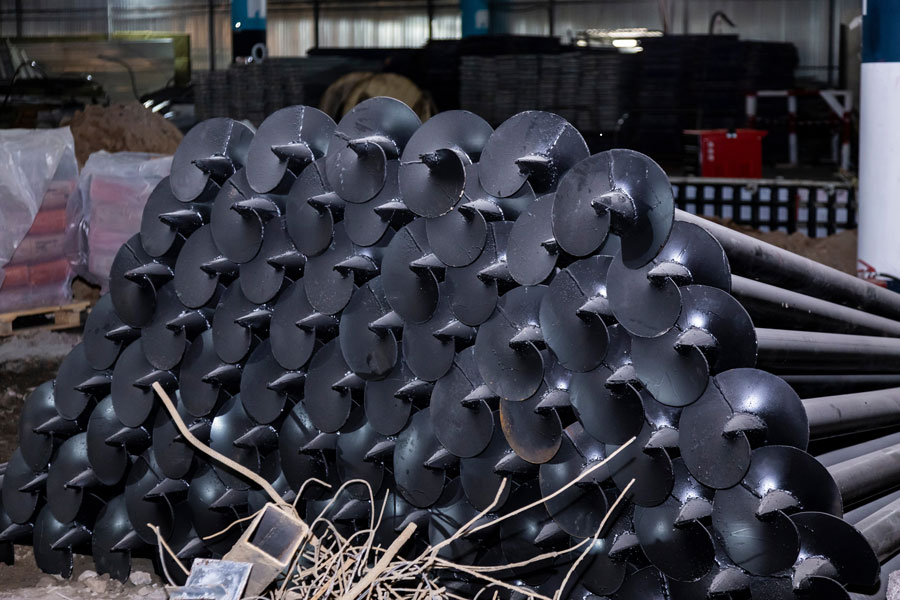
Helical Pier 101
A helical pier, also known as a helical pile or screw pile, is a deep foundation support system used to stabilize and support structures, typically in situations where the soil conditions are challenging or unstable. Helical piers consist of a steel shaft with helical-shaped plates or "flights" welded to it. These helical plates resemble large screws, which is why they are often referred to as screw piles. Our foundation repair specialists at Park Range Construction know exactly how helical piers work and we want to share that knowledge with you today.
How Helical Piers Work
To install them, a hydraulic drilling machine or auger is used to rotate the helical pier into the ground, much like a screw being twisted into wood. The helical plates provide stability and resistance as they penetrate the soil.
Helical piers derive their load-bearing capacity from the resistance generated as the helical plates "grip" the soil. This resistance allows them to support the weight of structures.
The depth to which helical piers are installed depends on the specific soil conditions and the load they need to support. They can be driven to considerable depths to reach stable, load-bearing soil or bedrock.
When You May Need Helical Piers
Foundation Repair
Helical piers are commonly used for foundation repair when a structure's foundation has settled or shifted due to soil movement, water intrusion, or other factors. They can help lift and stabilize a sinking foundation.
New Construction
Helical piers are often used in new construction, especially in areas with poor or loose soil conditions. They provide a stable foundation for structures like homes, commercial buildings, bridges, and more.
Slope Stabilization
In areas with slopes or hillsides, helical piers can be used to stabilize structures, such as retaining walls, to prevent soil erosion and landslides.
Elevated Decks and Porches
For decks, porches, or other elevated structures, helical piers can provide secure and stable support, particularly in areas with soft or shifting soil.
Environmental Remediation
In some cases, helical piers are used to support equipment and structures for environmental remediation projects, such as soil and groundwater cleanup efforts.
Helical piers offer several advantages, including ease of installation, minimal site disruption, and the ability to load-test immediately after installation. However, their suitability depends on soil conditions, load requirements, and the specific needs of the project. If you need foundation repair, count on our specialist to help.
Published on 9-25-2023